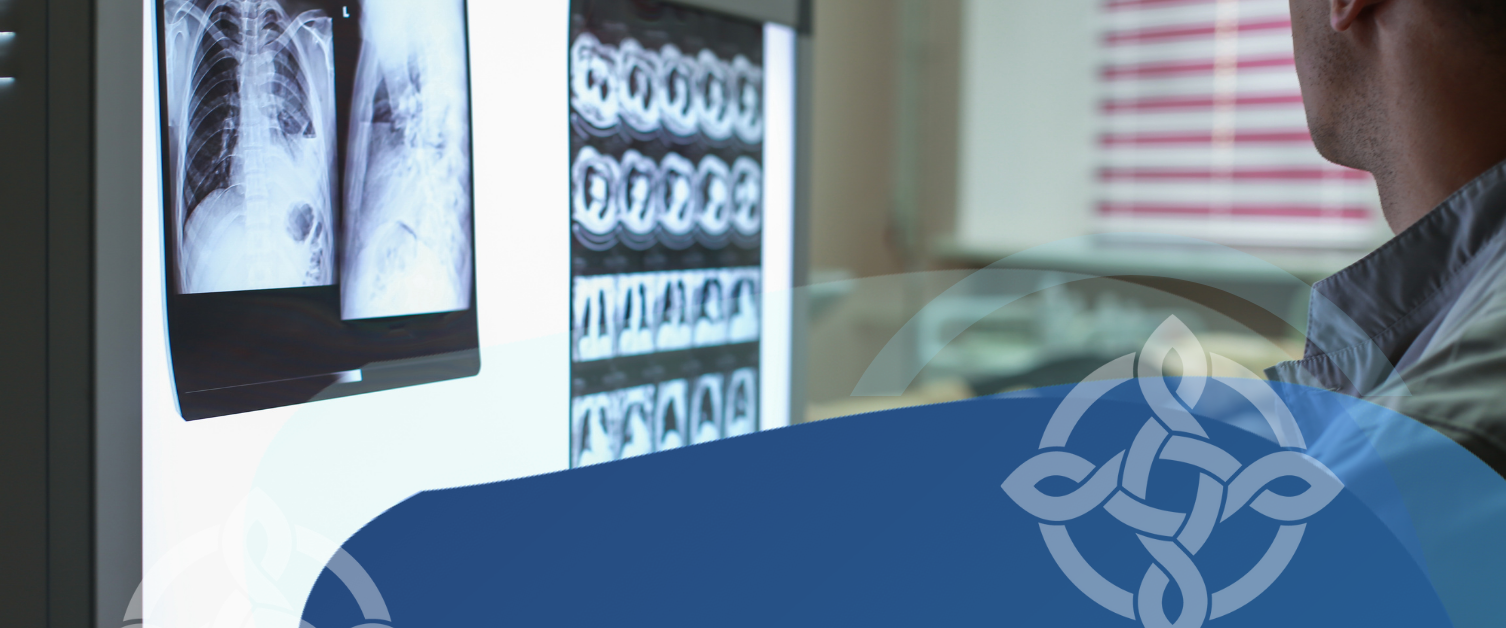Radiology

Normal services resume within radiology although waiting times may be longer than usual due to the demand on the service. Services are being run from all three sites with a variety of evening and weekend scanning being offered.
Radiology also have additional mobile MRI and CT scanners located on the Ysbyty Glan Clwyd site. Patients from across BCU are being given appointments on these scanners in order that we can ensure harmonised waiting times across BCU.
Radiology, also called diagnostic imaging, is a series of different tests that take pictures or images of various parts of the body.
Some medical imaging uses radiation. This page will tell you about the benefits of different types of medical imaging as well as the radiation risks. There are significant benefits to you from getting the right diagnosis and treatment. To make sure you get the right examination your healthcare professional will ask you about your medical history, explain the options available and discuss what is most important to you.
If medical imaging is needed, they will send a request to an imaging specialist. This specialist will check the request and make sure that you get the best imaging examination for you. Imaging examinations are not always needed and so in some cases, you may proceed straight to treatment.
This page will give you some information on the different types of imaging examinations and their benefits and risks. Your healthcare professional will make sure that the benefits to you personally of having any examination are greater than the radiation risks. You can use the table at the end of this leaflet to look at the radiation risks for different examinations.
The Radiology Department is responsible for the following services:
Risks
Everything we do in our daily lives carries some level of risk. We tend to regard activities as being ‘safe’ when the risk of something unpleasant or unwanted happening falls below a certain level. The lower the level of risk, the ‘safer’ the activity is seen to be. People judge risk on both how likely an event is and how we would feel if it happened. That means everyone has a different perception of the same risk, because it de-pends how they feel about the event happening.
Every type of medical imaging examination carries with it some risks and some benefits. Your healthcare professional can help you to understand how this applies to you.
Effects of radiation
We know from studying people who have been exposed to high doses of radiation that this can increase their chances of developing cancer much later in life. However, the amounts of radiation used in medical imaging are very small and have very low risks. Any exposure to radiation from medical imaging is kept as low as possible to reduce the risks.
Each time you are offered an examination you and your healthcare profession-al will weigh up the risk and benefits to you.
Natural risks
We know many people develop cancer, in fact about 1 in 2 (50%) of us will get cancer in our lifetime. The chances of any of us developing cancer are affected by all sorts of things, such as our genes, exposure to smoke, diet, weight, and alcohol intake. We have tried to estimate how much the radiation from each examination will increase your chances of developing cancer. Even the highest dose examinations would only increase this risk from around 50% to 51%, a tiny increase considering the benefits to you from having the examination. The most common examinations would only increase this risk by much less than 1%.